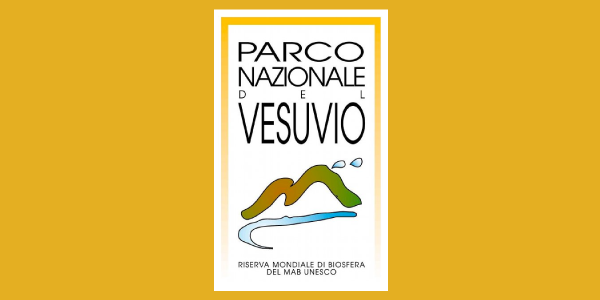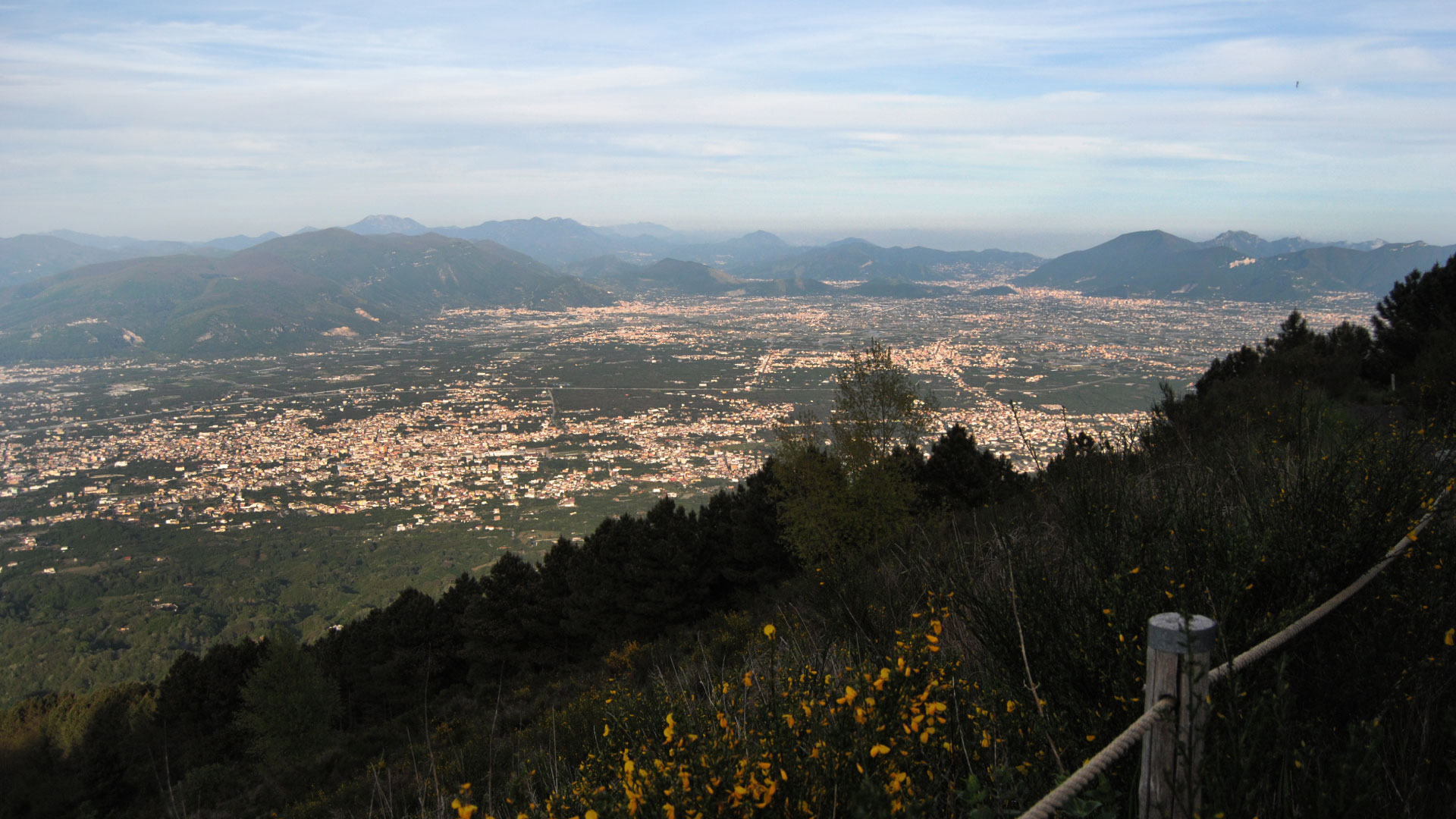The story of the relationship between man and fire recounts an approach that takes place along two lines that intersect several times, move away, find themselves united and divide again. A story of approach and distance, a distance first taken then revoked, at the beginning it’s immense, then it reduces and widens again into an imperfect union fire / man, without a possibility of real closeness.
The volcano and man
The story of the relationship between man and fire recounts an approach that takes place along two lines that intersect several times, move away, find themselves united and divide again. A story of approach and distance, a distance first taken then revoked, at the beginning it’s immense, then it reduces and widens again into an imperfect union fire / man, without a possibility of real closeness.
The first attested presence of man in the Vesuvius area can be traced back to about the third millennium BC: it is therefore a strongly and long anthropized territory, used because of the great fertility of its land and the opportunities it offered. The recolonized and recovered lava soils were, and still are, excellent soils for crops, grazing and other activities related to agricultural and forest production (wood production, harvesting of undergrowth products, etc.)
However, the activity of man has been even more intrusive through the use of fire, reforestation with non-native species of the area and, above all, through the urbanization process, which has gone as far as the slopes of the volcano, and beyond, sometimes indiscriminately. All these elements have profoundly transformed the territory, with a great impact on the ecosystems that characterize the volcanic complex.
Thanks to the Vesuvius National Park, illegal urbanization and uncontrolled urban expansion have now stopped and control processes and environmental restoration have been started in order to restore an incalculable natural heritage to its destiny and subtract it from the influence of man.
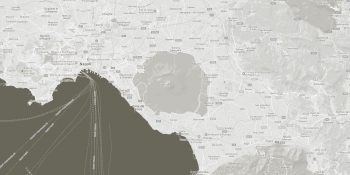
The municipalities
There are 13 municipalities affected by the National Park, all within the province of Naples.
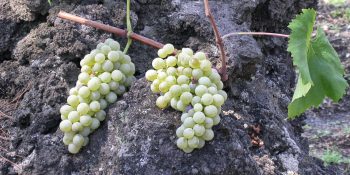
Agricolture and Handicraft
The products of Mount Vesuvius.
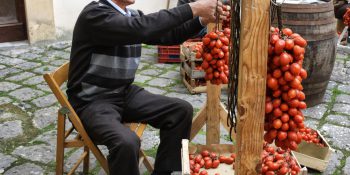
Culture and Traditions
The park does not only promote initiatives aimed at preserving cultural and environmental heritage, but also intervention strategies that give …
